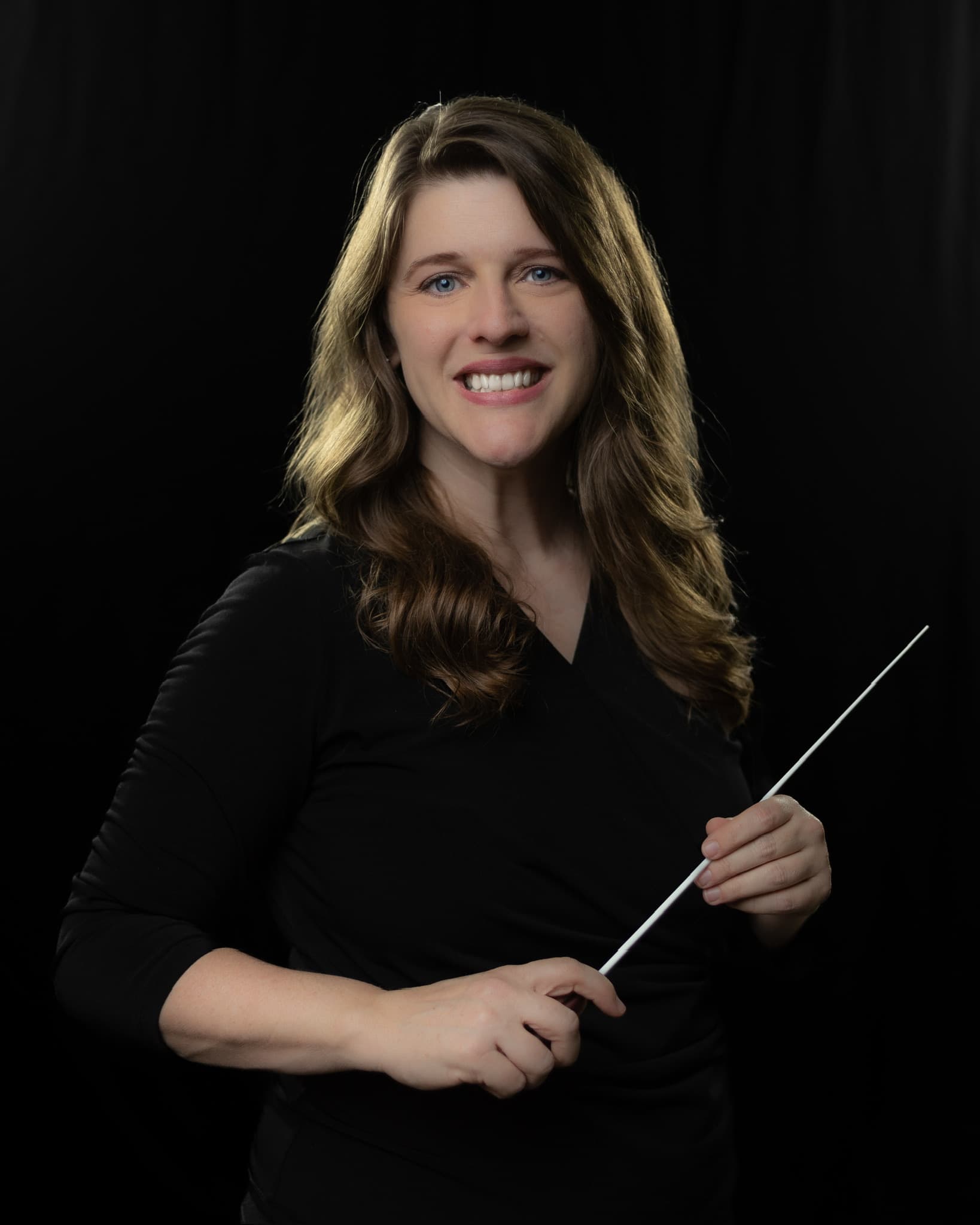The piano is one of the most beloved instruments, producing beautiful and timeless music. But learning to play this instrument can be a daunting task, with various techniques and tips that need to be mastered. Well, worry no more! This article will provide expert tips and techniques for all levels of piano players, so you can become the master pianist you’ve always wanted to be.
From understanding the basics of reading sheet music to mastering advanced techniques like pedaling and improvisation, this article will give you all the tools you need to achieve your piano-playing goals. We’ll also explore helpful practices like developing good posture and hand positions, as well as how to maintain motivation and stay on track with practice.
So whether you’re just starting out or have been playing for years, this article is sure to help take your piano skills to the next level. Ready? Let’s get started!
1. Understanding Your Piano And Its Parts
Playing the piano requires an understanding of its parts. For starters, it has a frame, which is the base of the instrument and houses the strings. Additionally, there are various levels of keys on the keyboard, which create different notes when pressed. Finally, there’s a soundboard that amplifies sound and gives each note its unique tone. All these components need to be examined before beginning any sort of practice routine.
The first step in mastering the piano is to familiarize yourself with all its components. It’s important to know how each part works together to create beautiful music. You should also take time to understand the types of keys on your instrument and how they produce different tones when pressed. This will help you build up accuracy and precision when playing different pieces. Furthermore, having an understanding of the construction of your piano will enable you to maintain it properly and make sure it stays in top condition for years to come.
Additionally, learning about proper technique is essential for effective piano playing. Taking lessons from a professional instructor can give you helpful tips and advice on how to play correctly and efficiently. A teacher can also explain various exercises that will help strengthen your fingers and improve overall dexterity on the keys. With practice and dedication, gradually increasing your skill level over time can help you become more competent at playing this beloved instrument.
Piano playing is an art form that takes knowledge, patience, and skill to master properly. Understanding your instrument thoroughly will allow you to make better use of it as well as maintain it for years down the line. To get even better at playing this complex instrument, taking lessons from a qualified instructor can provide valuable insight into technique as well as helpful exercises that can maximize progress over time. With dedication and focus, anyone can learn how to play this timeless instrument beautifully.
2. Building A Healthy Piano Practice Routine
The second step in understanding the art of piano playing is building a healthy practice routine. It’s important to build up your practice skills gradually, allowing yourself time to learn and perfect pieces. The best way to do this is by breaking down your practice sessions into smaller, manageable chunks. Start with a warm-up exercise that will help you relax and focus, then move on to more difficult material. This will help you stay motivated and work on developing the different techniques needed for piano playing.
It’s also important to set realistic goals for yourself when it comes to practicing the piano. Start off small and try to improve little by little over time rather than expecting too much from yourself too soon. By giving yourself achievable goals, you’ll be able to monitor your progress and see how far you’ve come! At the same time, don’t forget to take breaks when needed – this will help prevent burnout and keep you feeling energized about practicing.
In order to make sure that your practice routine is as effective as possible, it’s a good idea to vary up what you’re doing each day. You can mix things up by working on different scales or songs or trying out new techniques. This helps keep your practice interesting while still keeping focused on improving your skills as a pianist! Remember: challenging yourself is key if you want to master the art of piano playing!
3. Developing Proper Hand And Finger Techniques
Developing proper hand and finger technique is essential to playing the piano at all levels. It’s not only important for achieving the desired sound but also for avoiding any potential long-term injuries that can come from incorrect playing. With that in mind, let’s look at some techniques to consider while practicing.
The first technique to focus on is the correct hand position. All fingers should be curved slightly when placed on the keys, and wrists should stay low and relaxed. If a student begins to feel pain in their wrists or forearms, it’s likely because they’re not maintaining an ergonomically sound hand position. Working with an instructor can help identify any issues regarding positioning and how to fix them.
Next, students should practice finger independence – each finger should move independently of the others without affecting their neighbors’ positions on the keys. This helps develop dexterity and accuracy when playing faster pieces or more intricate passages that require quick shifts between notes. Doing exercises such as scales or arpeggios can help reinforce this skill, along with regular stretches for increasing flexibility and mobility in both hands.
Proper hand technique is an ongoing process that requires dedication and patience – there are no shortcuts when it comes to mastering this type of skill! Regular practice can help one become more comfortable with their posture at the keyboard over time, while building strength with each session. Ultimately, correct positioning leads to confident performance, so make sure you take care of your hands while you play!
4. Mastering Scales And Chords
As anyone who’s ever tried to learn piano knows, mastery of scales and chords is essential to playing the instrument. It’s like a language: if you don’t have a good grasp of it, you won’t be able to communicate effectively with your instrument. That’s why it’s so important to invest time in mastering scales and chords.
The great thing about mastering scales and chords is that it doesn’t take an excessive amount of time. With just a few minutes a day devoted to practice, you can start seeing results quickly. Start off by learning the major scale, which is the foundation for all other scales in music. Once you feel comfortable with that, move on to minor keys and then other modal scales. For chords, start by learning basic triads – three-note chords – before moving on to more complex voicings, such as 7th chords or extended voicings (9ths, 11ths, and 13ths).
The best way to ensure success when learning these concepts is by breaking them down into small chunks that are easy for your brain to comprehend. Don’t try to memorize everything at once; focus on smaller sections at a time until you understand the material well enough that you can move on without any trouble. With some patience and effort, you’ll soon have all the knowledge necessary to play beautiful music on the piano!
5. Learning To Read Sheet Music
Reading sheet music is an essential skill for any piano player. Mastering it can be daunting, but with practice and dedication, it’s a skill that can be learned. It requires musicians to understand the notes, rhythms, and symbols written on the page in order to accurately play a piece of music.
To begin learning how to read sheet music, start by focusing on the basics. Be sure to learn all the different musical symbols you might come across, such as accidentals (sharp/flat) and rests (silence). Next, focus on rhythm. Learn how to count beats and recognize note values like whole notes and half notes. Then move onto the pitch — identify the names of the lines and spaces of the treble clef staff. Finally, look at putting all these elements together by reading simple melodies.
The more you practice reading sheet music, the easier it will become. Pay careful attention to what’s written on each measure and gradually increase your speed until you can play through a piece without having to stop and look at each measure individually. With patience and dedication, you’ll soon be able to read even complex pieces of music with ease!
6. Interpreting Music Theory
Interpreting music theory is an important part of learning to play the piano. It’s not something that every pianist needs to become an expert in, but having a basic understanding of concepts like scales and chords can help you take your playing to the next level.
The first step in interpreting music theory is to understand what each term means. For example, a scale is simply a group of notes ordered by pitch. Chords consist of at least three different notes played together, creating a harmonic sound. Knowing these definitions can help you identify patterns within a piece of music more quickly and accurately.
Once you have a basic understanding of the concepts behind music theory, it’s time to put them into practice. Try looking at sheet music and identifying scales and chords used in the composition. This will help you identify musical themes and progressions, as well as give you ideas for improvisations or variations on the original piece. You can also use this knowledge to create your own pieces by combining different scales or chords together for unique sounds.
In order to truly master interpreting music theory, practice is key. Spend time familiarizing yourself with different scales and chords, then try incorporating them into your compositions or improvisations during practice sessions. With enough time and effort, you’ll be able to develop your understanding of theory and apply those concepts when playing any piece of music.
7. Exploring Different Genres And Styles
Exploring different genres and styles is an important part of mastering the art of piano playing. It allows musicians to expand their repertoire, as well as increase their knowledge and appreciation for music. This process can be intimidating at first, but with the proper guidance it can be enjoyable and rewarding.
To begin exploring new genres and styles, it’s helpful to start by listening to different types of music. Listen closely for unique elements such as tempos, rhythms, chords, scales, melodies and harmonies that are specific to each genre or style. Take notes or write down interesting ideas that you hear so you can refer back to them.
Once you’ve become familiar with the sounds associated with different genres or styles, try experimenting with them on the piano. Don’t worry if it doesn’t sound just like the recordings; what matters is that you’re having fun while learning something new. You could also find a teacher who is knowledgeable in those genres or collaborate with other musicians who share your interest in that style of music.
No matter which approach you take when exploring different genres or styles on the piano, keep an open mind and don’t be afraid to experiment! With practice and dedication, you’ll soon find yourself playing whatever style of music you desire.
8. Strengthening Your Memorization And Performance Skills
When it comes to piano playing, memorization and performance skills are key. You need to be able to recall pieces accurately and with emotion. This is all part of the art of piano playing. In this article, we’ll discuss some strategies for strengthening your memorization and performance skills.
To begin with, practice is essential for honing your memorization and performance skills. Break down difficult passages into small chunks, then practice each one in isolation until you can play them accurately and with feeling. Also, try writing down the music – seeing the notes on paper can help you remember them more easily.
Another great way to work on your memorization and performance skills is through visualization techniques. Visualize yourself playing the piece as if it were a movie in your head – imagine how the notes move around the keyboard, what kind of dynamics you’re using, etc. This will help you to internalize the music so that it feels natural when you actually sit down at the piano.
Finally, record yourself playing a piece after days or weeks of practice; this will give you an unbiased perspective on where there may be areas for improvement in terms of accuracy or expression. With these tips in mind, take some time to focus on improving your memorization and performance skills – it will pay off!
9. Utilizing Music Technology And Apps
In today’s digital age, utilizing music technology and apps can be an incredibly helpful tool for any pianist. From helping to improve memorization skills to playing with a virtual accompaniment, there are many ways tech can help you become a better player.
For starters, there are countless apps available online that allow pianists to practice their memorization and performance skills from the comfort of their own home. These tools provide a convenient way for musicians to hone their craft without having to pick up the instrument each time. Additionally, some apps even include games and quizzes that make learning fun and engaging.
Moreover, there is software available that can provide accompaniment for solo pieces or duets. This allows you to practice your technique in real-time with someone else or just have some fun jamming along with a computerized band. Whether you’re looking for something educational or just want to have a good time, music technology has something for everyone.
No matter what level of experience you have as a pianist, utilizing music technology and apps can help you get the most out of your skill set. From developing your memory muscles to playing along with a virtual band, these tools are sure to give your piano chops an extra boost!
10. Enhancing Your Creativity And Expression
When it comes to enhancing your piano playing, creativity and expression are key. Being able to express yourself through music is an invaluable skill that every musician should strive for. Fortunately, modern technology and apps can help you take your creativity to the next level.
The first step is finding the right tools for your needs. There are a plethora of apps available to help you make more creative decisions when playing the piano. Whether you’re looking for something simple like a metronome or something more advanced like an effect processor, there’s likely an app that can meet those needs. Additionally, many apps offer recording capabilities so you can keep track of your progress as well as experiment with different sounds and styles.
Once you find the right tools, it’s time to start honing your skills. Having creative ideas is great, but if you don’t practice them in order to refine them, then they won’t ever become part of your playing style. Try setting aside time each day dedicated solely to experimenting with new sounds and techniques on the piano using the tools available to you. This will help open up your creative possibilities while also allowing you to develop a unique style of expression on the instrument.
With some time and effort, utilizing music technology and apps can help you unlock new levels of creativity in your piano playing. From finding the right tools for your needs to honing those skills over time – embracing creativity in this way will undoubtedly add a new dimension of expression to your music-making journey!
Putting it All Together
To conclude, learning to play the piano can be a daunting task, but with the right guidance and dedication, it’s a rewarding experience that anyone can enjoy. To begin your journey, it’s important to find a qualified teacher that is experienced in helping students reach their goals. Additionally, selecting an instrument suited to your skill level will help you get the most out of each practice session. Lastly, having a solid understanding of music theory will ensure you play pieces accurately and confidently.
Practice makes perfect! Aim for at least 30 minutes each day to hone your skills and progress quickly. Remember that mistakes are part of the learning process – don’t get discouraged if you are having difficulty with certain techniques or chords. With patience and dedication, you will soon find that you will be playing songs you never thought were possible!
The art of playing the piano is incredibly rewarding when done correctly. With the right resources and guidance from a qualified instructor, any amateur musician can become an expert pianist in no time. So why wait? Get started today on your journey toward becoming an accomplished pianist!

A native of Florida, Cindy grew up with a rich family history of music. Starting with piano at age 9, she added flute and other instruments to her repertoire in junior high. She made all-county band and played piano for her school’s jazz band and show choirs. Throughout her teen years, she also had opportunities to perform in her local community in churches, assisted living facilities, plays, and productions. While pursuing her college degree in education, she traveled as the pianist for a college-sponsored singing group in 48 states over five summers. She has now been teaching music, including instruments and voice, since 1995. She has instructed students of all ages and skill levels, and many of her students from decades past now are teaching their own music students.


